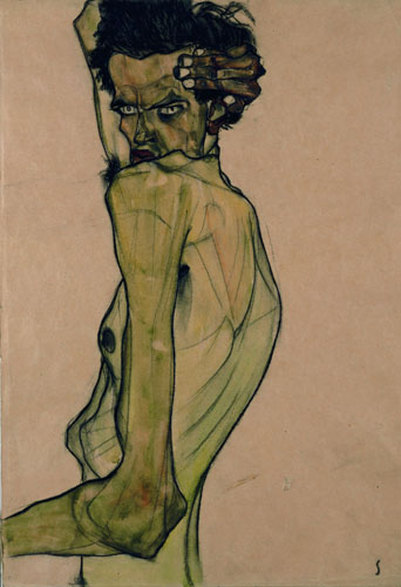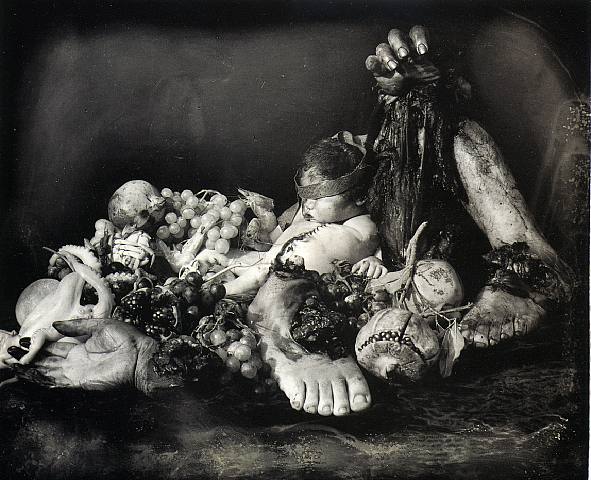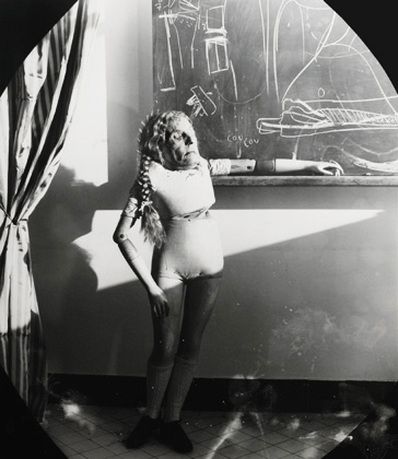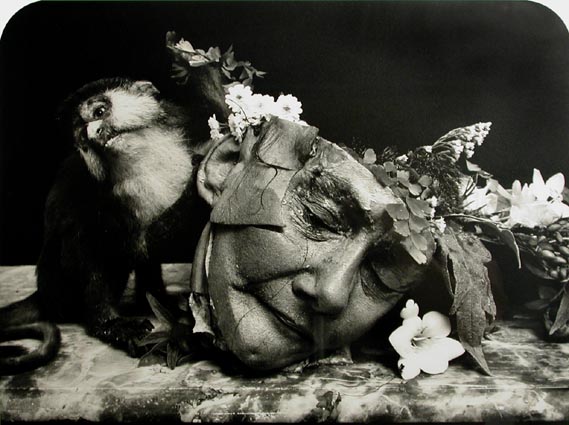Ugliness as Disgusting and the Grotesque
|
One area where ugliness is strongly linked to emotional responses is in the area of the 'grotesque' and that of 'disgust'. While most of us are familiar with the concept of 'disgust' Dictionary.com defines grotesque as:
'Characterized by ludicrous or incongruous distortion, as of appearance or manner' Grotesque goes beyond mere exaggeration, and carries with it an implication of disgust. It is interesting to compare the idea of grotesque and ugliness to the idea of beauty. In his 2007 lecture 'On the history of Ugliness', the famous scholar Umberto Ecco ties ideas of the grotesque to a world of greater possibilities: “Beauty is in some way boring, even if its concept changes through the ages, never the less, a beautiful object must always follow certain rules. Sort of speak; a beautiful nose shouldn’t be longer than 'that' or shorter than 'that'. On the contrary, an ugly nose can be as long as the one of Pinocchio, as big as the one of an elephant or like the beak of an eagle. Ugliness is unpredictable and offers an infinite range of possibilities. Beauty is finite, ugliness is infinite, like God.” DiscussionDo you agree with Ecco's statement? Explain why, exploring the limitations of the grotesque in art.
Can a work of art be both grotesque/disgusting and beautiful at the same time? How does the use of disgust and the grotesque in a piece of artwork influence the relationship between the artist and viewer? |
Activities
Egon Schiele (1890-1918) was an Austrian painter and a protege of Gustav Klimt. In his relatively short life he had a large impact on the art world, and is critically acclaimed for his figurative artwork to this day. Research the artist, exploring his life, beliefs and influences, and the overall themes in his work. Create a 1 page report.
Critical analyse 'Self-Portrait With Arm Twisting Above Head' (above right) making reference to art elements and principles and use the following prompter questions: In what ways could the artwork be called grotesque? With knowledge of the artist's life, why do you think he has depicted himself in this way? How does the work reflect his personal beliefs and influences? What do you are the artist's intentions are in the work?
Critical analyse 'Self-Portrait With Arm Twisting Above Head' (above right) making reference to art elements and principles and use the following prompter questions: In what ways could the artwork be called grotesque? With knowledge of the artist's life, why do you think he has depicted himself in this way? How does the work reflect his personal beliefs and influences? What do you are the artist's intentions are in the work?
Case Study: Joel Peter Witkin
Joel-Peter Witkin is a Albuquerque, New Mexico artist who distorts photos using special techniques such as negative scratching, toning, bleaching, surface distressing, multiple negatives, printing on tissue, and hands-in-chemicals printing to create challenging pieces that shock and intrigue the viewer. Witkin worked as a war photographer in the Vietnam War, he also was exposed to a decapitation at a very young age. His works carry the delicate tonality of a 19th-century photography, showing morphed scenes with human body parts and real deceased subjects with a strong satirical sentiment against vanity. Much of his work is purposely disgusting and confronting, and often appropriates historical 'classical' works of art with shocking effect. This can be see by the appropriation of Caravaggio in 'Feast of Fools' below. Witkin has been often been forced to create his work in Mexico due to his controversial use of 'materials'.
QuestionsDoes the knowledge that many of the human elements in Witkins work are actual corpses change your view of the artwork? How would your opinion of the work change if they were merely realistic copies - would it reduce the meaning of the work?
Ethical Issues: Restrictive laws in the USA governing corpses have meant Witkin shoots much of his work in Mexico. Do you think it is morally acceptable for Witkin to use real human bodies in his artwork? What are the ethical considerations in doing so? ActivitiesWith reference to the examples shown, discuss how he uses disgust and the grotesque to add meaning to his work.
Discuss the effect of the juxtaposition of the subject matter and the style of the work in Witkin's work, referencing art elements and principles. Create a piece of artwork with 'grotesque' as it's starting point. |
Definitions
Appropriation: The artistic practice or technique of reworking images from well-known paintings, photographs, etc., in one's own work.
Protege: a person who receives support and protection from an influential patron who furthers the protege's career.
Protege: a person who receives support and protection from an influential patron who furthers the protege's career.




